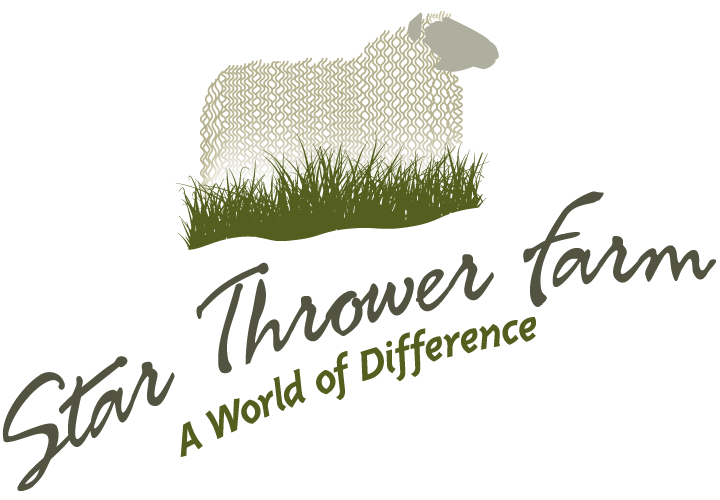Fun Bee Facts
Fun honey bee, hive and honey facts
- Out of 20,000 species of bees, only 4 make honey. Honey bees are the only bees that die after they sting and they sting only when they feel their hive, queen and/or honey are threatened.
- Honey bees have five eyes, 3 small ones on top of the head and two big ones in front. They have a body (thorax), 2 wings and 6 legs.
- There are three types of bees in the hive – Queen, Worker and Drone.
- Bees communicate with each other by dancing (the most well-known dance is called the “Waggle Dance”) and by using pheromones (scents).
- The queen may lay 600 – 2,000 eggs each day during her 3 or 4 year lifetime. Her daily egg production may actually equal her weight! She is constantly fed special, highly nutritious “Royal Jelly” and groomed by attendant worker bees called “The Queen’s Court”. A healthy colony may have 40,000 to 60,000 bees during the late spring or early summer.
- Bees maintain a temperature of 92-93 degrees Fahrenheit in their central brood (baby-making) nest regardless of whether the outside temperature is 110 (really hot) or minus 40 degrees (really cold). Bees will disconnect their wings allowing them to pump their wing muscles to create heat. Bees fly outside the hive when temperatures are 50 degrees or higher.
- Honey bees fly at 15 miles per hour and travel approximately 2 – 5 miles from their hive. Forager (food-finding) bees make multiple trips in a day.
- To make one pound of honey, the bees in the colony must visit 2 million flowers, fly over 55,000 miles (that’s 2.2 times around the world) and will be the lifetime work of approximately 300 bees.
- A single honey bee will only produce approximately 1/12 teaspoon of honey in her lifetime. Bees produce honey as food stores for the hive during winter when flowers aren’t blooming and nectar isn’t available. Bee keepers only take the honey that the bees do not need in order to survive.
- A honeycomb cell has six sides. It has been mathematically proven to be the only equal-sided geometric shape to use the least building material (wax); it is the most compact and efficient shape for honey storage.
- Honey bees’ wings flap 11,400 times per minute, thus making their distinctive buzz. Honeybees never sleep! As they age through their 6-week life cycle, they perform various specialized jobs for the hive such as undertaker bees, nurse bees, and soldier or guard bees.
- Honeybees are the only insect that produces food for humans. Honey is the ONLY food that includes all the substances necessary to sustain life, including water. Honey never spoils.
- A typical beehive can make up to 60 – 90 pounds of honey per season.
- Through a process called “pollination,” honeybees are responsible for approximately 80% of all fruit, vegetable and seed crops in the U.S. Pollination works like this: Flowers attract bees by offering sugary nectar. As bees suck up nectar, pollen – tiny granules of reproductive material – stick to the hairy bee bodies. As foragers fly among blossoms (50 – 100 flowers per trip), pollen is shared and pollination occurs. Nectar and water are stored in a bee’s special honey stomach. When full, the bee returns to her hive and injects the nectar into an empty honeycomb. Natural chemicals from the bee’s head glands and the evaporation of the water in the nectar (helped by the fast fanning of bee wings) change the nectar into honey.
